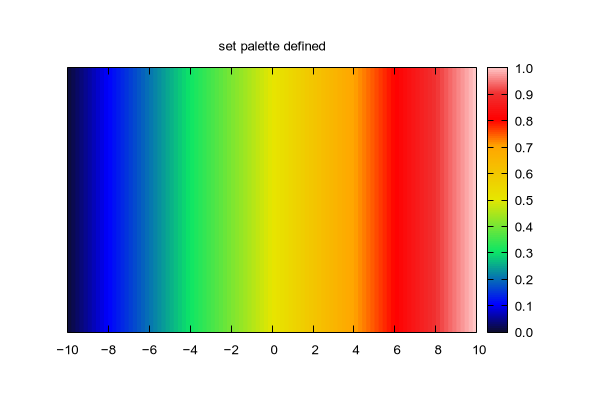

However, when doing this, we have got to be a bit careful: that particular dummy variable appears at more than one place, so we have to make sure that the actual range doesn't change where we don't want it to change. It is very easy to hack our gnu file above to achieve something like this: the only thing we have to do is to restrict the dummy variable in the parametric plot, so that instead of 0 to 1, now it runs from 0.5 to 1. I have recently seen pie charts that are not full, i.e., the centre is missing, as in this one You don't even need to write the gnu file to disc, you can call the gawk script from gnuplot as Print "set palette model RGB functions 0.8, 0.8, 0.85"

Print "set palette model RGB functions 0.9, 0.9,0.95" Print "set xrange set yrange set zrange " Print "unset border unset tics unset key unset colorbox" However, since you don't want to insert all these numbers by hand, I attach a small script in gawk, that would produce the gnu file for you by the stroke of a key. Set palette model RGB functions 0.8, 0.8, 0.85 Set palette model RGB functions 0.9, 0.9,0.95

Unset border unset tics unset key unset colorbox Using the data from the previous post, the gnu file would read as follows


 0 kommentar(er)
0 kommentar(er)
